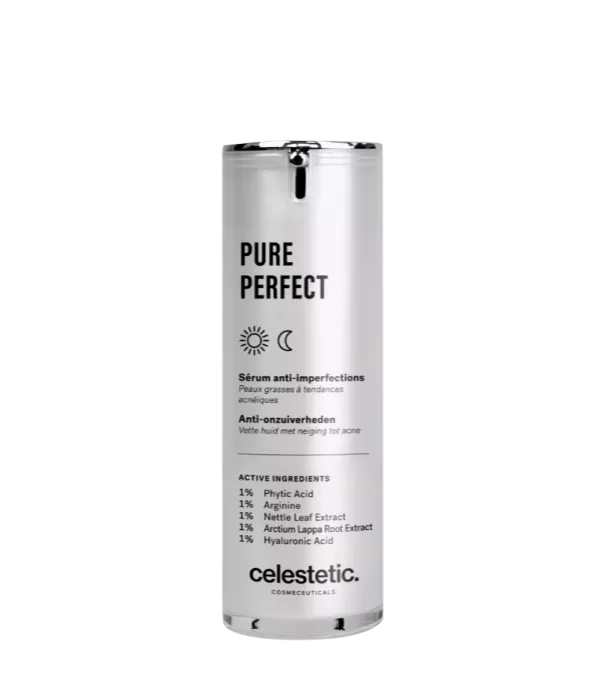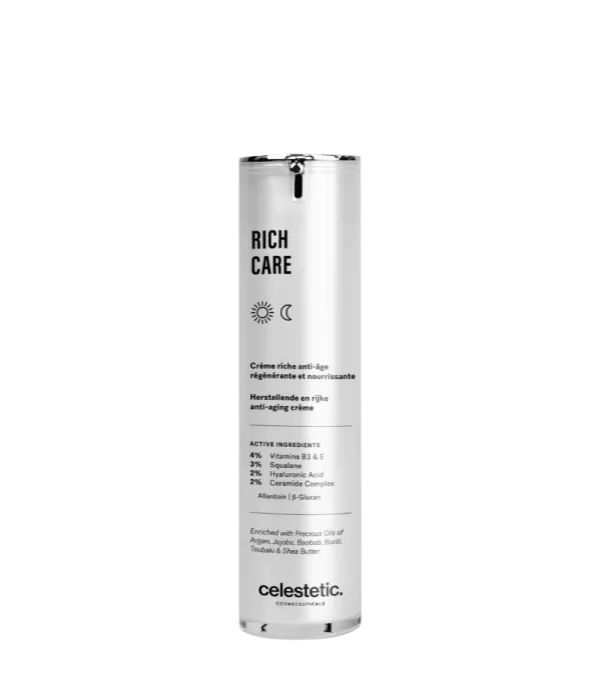« HA plays a central role in hydration and elasticity of skin ».
Masson, F. "Skin hydration and hyaluronic acid." Annales de dermatologie et de venereologie. Vol. 137. 2010 Source
« (…) the water-binding properties of GAGs and structural qualities, particularly for HA, are crucial for maintaining proper skin form and hydration ».
Wang, Siew Tein, Boon Hoe Neo, and Richard J. Betts. "Glycosaminoglycans: Sweet as Sugar Targets for Topical Skin Anti-Aging." Clinical, Cosmetic and Investigational Dermatology 14 (2021): 1227 Source
« HA with low molecular weight (20– 300 kDa) passes through the stratum corneum in contrast of the impermeability of high molecular weight HA (1000– 1400 kDa) ».
Essendoubi, M., et al. "Human skin penetration of hyaluronic acid of different molecular weights as probed by Raman spectroscopy." Skin Research and Technology 22.1 (2016): 55-62. Source
« HA with low molecular weight (20– 300 kDa) passes through the stratum corneum in contrast of the By using HA with different molecular weights, a good efficacy respectively the moistening of the skin could be achieved. However we recommend a usage of at least 1 % to 1.5 % of HA.(…) Depending on the skin nature of the test person before treatment, improvements between 5 and 28 % could be observed. All our Gels had a concentration of about 2.5 % HA ».
Haeusler, H. "Efficacy of a hyaluronic acid gel to improve the skin properties." SOFW Journal 141.9 (2015): 16-18. Source
« A thorough analysis of the literature revealed that HA based formulations exhibit remarkable anti-wrinkle, anti-nasolabial fold, anti-aging, space-filling, and face rejuvenating properties. »
« HA, alone or in combination with lidocaine and other co-agents, showed promising efficacy in skin tightness and elasticity, face rejuvenation, improving aesthetic scores, reducing the wrinkle scars, longevity, and tear trough rejuvenation ».
Bukhari, Syed Nasir Abbas, et al. « Hyaluronic Acid, a Promising Skin Rejuvenating Biomedicine: A Review of Recent Updates and Pre-Clinical and Clinical Investigations on Cosmetic and Nutricosmetic Effects ». International Journal of Biological Macromolecules, vol. 120, no Pt B, décembre 2018, p. 1682‑95. Source
« Hyaluronic acid (HA) is used in tissue regeneration alone or in combination with herbal or Western medicine. Scaffolds made up of HA were used to embed basic fibroblast growth factor. (…) HA extracts are safe and efficacious products to be used in skin repair ».
Neuman, Manuela G., et al. « Hyaluronic Acid and Wound Healing ». Journal of Pharmacy & Pharmaceutical Sciences: A Publication of the Canadian Society for Pharmaceutical Sciences, Societe Canadienne Des Sciences Pharmaceutiques, vol. 18, no 1, 2015, p. 53‑60. Source
« (…) degradation of HA by specific hyaluronidase enzymes produces HA fragments that can help to regulate inflammatory processes. In this review, current knowledge about the role of HA in skin inflammation and wound healing are reviewed and possible future applications of such knowledge discussed ».
Maytin, Edward V. "Hyaluronan: More than just a wrinkle filler." Glycobiology 26.6 (2016): 553-559. Source
« HA reduced the amount of pro-inflammatory cytokines released into the media both in human A431 epidermoid skin cells and in mouse fibroblasts ».
Neuman, Manuela G., et al. "In vitro anti-inflammatory effects of hyaluronic acid in ethanol-induced damage in skin cells." Journal of pharmacy & pharmaceutical sciences 14.3 (2011): 425-437. Source
Becker, Lillian C., et al. "Final report of the safety assessment of hyaluronic acid, potassium hyaluronate, and sodium hyaluronate." International journal of toxicology 28.4_suppl (2009): 5-67.















